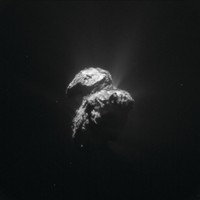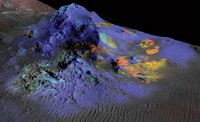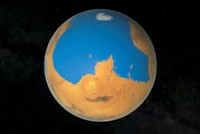Advertisement
Grab your lab coat. Let's get started
Welcome!
Welcome!
Create an account below to get 6 C&EN articles per month, receive newsletters and more - all free.
It seems this is your first time logging in online. Please enter the following information to continue.
As an ACS member you automatically get access to this site. All we need is few more details to create your reading experience.
Not you? Sign in with a different account.
Not you? Sign in with a different account.
ERROR 1
ERROR 1
ERROR 2
ERROR 2
ERROR 2
ERROR 2
ERROR 2
Password and Confirm password must match.
If you have an ACS member number, please enter it here so we can link this account to your membership. (optional)
ERROR 2
ACS values your privacy. By submitting your information, you are gaining access to C&EN and subscribing to our weekly newsletter. We use the information you provide to make your reading experience better, and we will never sell your data to third party members.
Physical Chemistry
Water Ice Detected In Mercury’s Craters
Messenger spacecraft confirms water ice and suspects icy organic molecules rest in planet’s shadowed craters
by Elizabeth K. Wilson
December 3, 2012
| A version of this story appeared in
Volume 90, Issue 49
NASA’s Mercury-orbiting spacecraft Messenger has sent back solid evidence that permanently shadowed craters at Mercury’s north pole contain water ice and possibly icy complex organic molecules. As the closest planet to the sun, Mercury has generally been thought to be hellishly bone-dry. But 20 years ago, Earth-based telescopes discovered reflective, bright patches at Mercury’s north and south poles that suggested the presence of water ice. The results from Messenger, reported in three papers in Science, show both bright and dark patches located within craters at the north pole, where temperatures average below 100 K (DOI: 10.1126/science.1231106, 10.1126/science.1229953, and 10.1126/science.1229764). The locations of these patches match the patches spotted earlier. The bright spots are rich in hydrogen, according to measurements from the spacecraft’s neutron spectrometer, indicating the presence of water ice. The dark areas likely harbor a layer of volatile organic compounds, the researchers believe. They suggest the water and organics were deposited during comet or asteroid impacts.





Join the conversation
Contact the reporter
Submit a Letter to the Editor for publication
Engage with us on Twitter